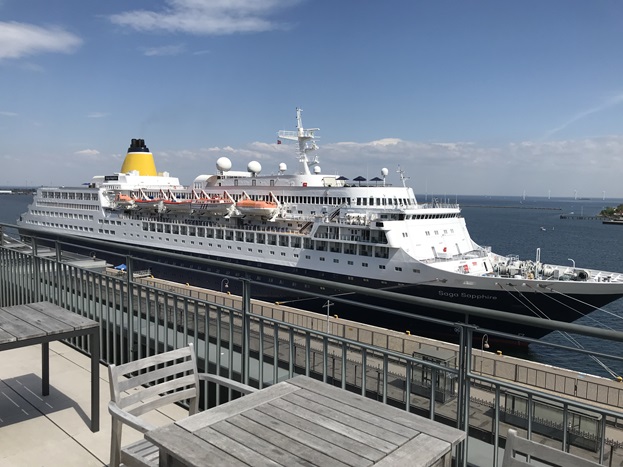Mapping air quality at the Langelinie quay
Air pollution may cause great concern. FORCE Technology can help map the air quality and assess whether the requirements are met and possibly suggest initiatives to improve air quality.
With a greater focus on air pollution, there is also a greater need for a way to measure and map air quality. Recently, FORCE Technology was asked to measure the air quality along the Langelinie Pier, where large cruise ships are docked.
Air quality calculation or measurement?
There are two different ways of evaluating air quality: by calculating the spread of pollution under various meteorological conditions, or by measuring it in the environment.
There are obvious advantages to calculations, since this approach requires less resources. This makes it cheaper, provided the necessary information is available. On the other hand, it is difficult to calculate the spread of ultra-fine particles in the atmosphere.
Among other reasons, this is because ultra-fine particles "clump together", and because they may dissipate after being ejected from a chimney.
Measurement is the most precise means of mapping air quality, but it is also more time-consuming and expensive. In the case of these cruise ships, Copenhagen Malmø Port wanted measurements of the ultra-fine particles and nitrogen oxides (NOx) in order to find out what kind of burden the cruise ships impose on air quality.
Summary of measurement results along the Langelinie Pier
The measurements showed that elevated concentrations of ultra-fine particles occur when the wind blows from the direction of the cruise ships at the pier.
However, the average concentrations measured over a longer period of time are no higher along the Langelinie Pier than the average values measured along a one-way street in Copenhagen's Vesterbro district, for example.
Air quality measurement and expert advice provide solid ground for decision-making
Air quality measurement and evaluation are necessary to investigate whether applicable EU requirements for air quality thresholds are being adhered to. These measurements are typically used in decision-making for initiatives to improve both indoor and outdoor air quality, as well as to assess the effect of such measures.
If you require further information on air quality measurement, contact Karsten Fuglsang.


